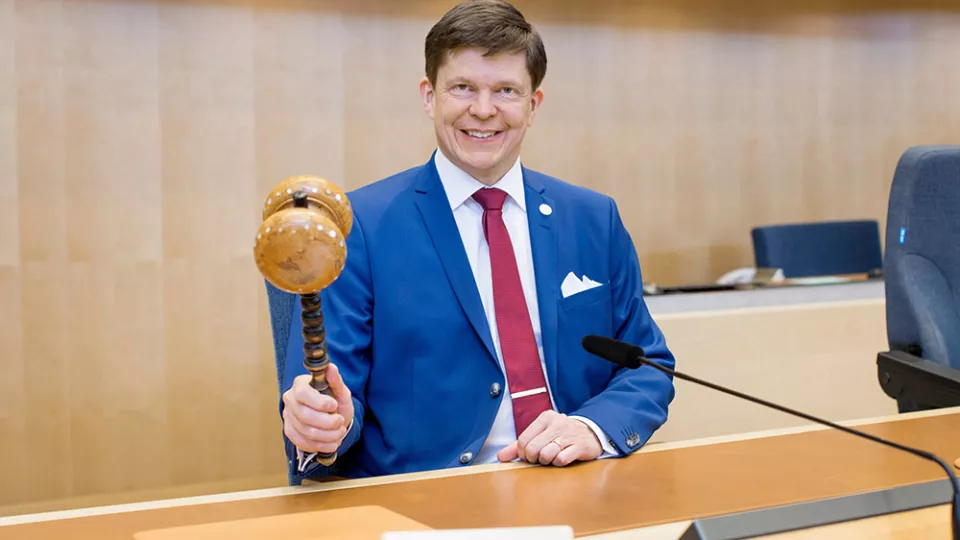At the close of the government formation process in January, the Speaker of the Swedish Parliament, Andreas Norlén, proposed a study, an idea that Stiftelsen Riksbankens Jubileumsfond developed further and decided to fund. Jan Teorell will be principal investigator of the study, which will be conducted together with Hanna Bäck and Johannes Lindvall at the department, and Johan Hellström from Umeå University.
The study will be conducted under full academic freedom. The result will be presented in a report during the spring 2020 to be presented in an open seminar at the Swedish Parliament.
The study aims to answer three research questions:
- Why did the current government form? Out of the 255 theoretical possibilities, in the end a government formed with the same prime minister and the same partisan composition as before. The complicated process leading up to this result deserves a thorough mapping and in-depth analysis. In agreement with established approaches in this field, both the ideological and strategic motivations of the political parties will be taken into consideration.
- Why did it take so long? Previous government formation processes in Sweden has lasted for 6 days, on average. This time it took 134 days, which is a long process also in a comparative European perspective. According to the established literature, bargaining duration during government formation is a function of uncertainty among the involved actors concerning the other’s preferences together with bargaining complexity. The parliamentarian context in Sweden has recently changed in both these respects, which could cast light on the length of the process. However, the question remains open whether other explanatory factors also need to be added to the established ones
- How did the formal rules concerning the government formation process work in practice? In the public debate, concerns have already been raised concerning the need for stricter time limits when the Speaker proposes a candidate for prime minister, whether the Election Day should be held in the spring, and concerning the need to introduce a constructive vote of no confidence. A more fundamental question however concerns whether the duration of the government formation process matters, and in that case how. Could a prolonged government formation process hurt parliamentary democracy? The previous literature provides no obvious answer to this question. In the Netherlands, for example, it is commonplace that bargaining lasts some 100 days, seemingly without any clear negative consequences for Dutch democracy. Perhaps a negative effect can only be discerned if the process takes longer than what is generally expected by the public. An important question for the study is therefore to look into whether the prolonged process in the Swedish case seems to have had a negative impact on public trust in the democratic process. There would also be reasons to worry about the future if it could be argued that a complicated formation process spells increasing government instability, but that is not obviously the case.
In order to answer these questions the study will include a thorough mapping based on interviews with the key involved actors, in combination with systematic comparisons of this government formation process with both previous historical experiences in Sweden and in other comparable cases in Europe.


